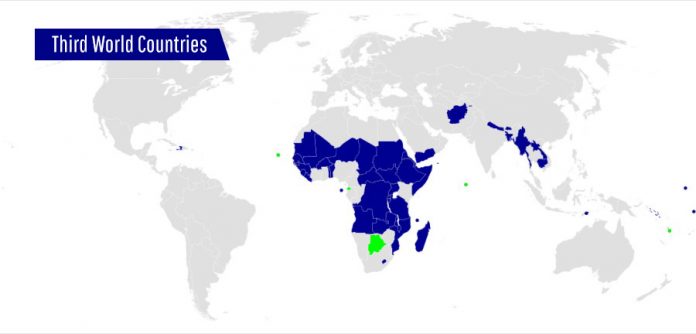What is a Third country in the World? Recently, the Third World countries have high levels of poverty, economic volatility, and a lack of human resources compared with the rest of the World. The term “States of the Third World” was first used in the Cold War. This term has been used to describe countries that are not in line with or neutral to the Communist Bloc or NATO. This term was first used to classify countries into three political and economic groups.
The US, Canada, South Korea, Japan, and Western Europe have been classified as First World countries during the Cold War. China, the Soviet Union, Cuba, and their allies were part of the Second World War. Colonial pasts in Asia, Latin America, Africa, and Oceania were typically present in third-world countries. The term “three worlds” has changed somewhat following the fall of the Soviet Union in the early 1990s. Now, a country that isn’t as developed as other countries and is confronted by economic, social, political, environmental, and other issues is Third World. This has caused some uncertainty about the use of the term.
Here are the ten countries with the lowest human development indexes, which are considered The Top Ten Third World Countries 2023!
10. Yemen
| Population: | 34,171,795 |
| Human Development Index: | 0.455 |
| Poverty Rate: | Poverty rate in Yemen is 55% with 18.4% living in extreme poverty |
| GDP per capita: | $701.71 |
Current estimates indicate that Yemen’s population will reach a peak of 55.08 million in 2080, after crossing the 50 million mark in 2055. The population will gradually start to fall after 2081.
Yemen now experiences annual growth of 2.28%. Since 1990, this rate of growth has been steadily falling, and it will keep doing so as we get forward to 2080.
The median age of Yemen is only 20.2 years, and there are 3.84 births per woman. Since there are now much less births per woman than there were in 2010, when there were five births per woman, population growth is declining.
The limited resources Yemen has could be depleted by rapid increase in population. Yemen is the poorest country in the Arab Peninsula, struggling with severe poverty, unemployment, a declining oil resource and water supply.
9. Burkina Faso
| Population : | 22,102,838 |
| Human Development Index: | 0.449 |
| Poverty Rate: | 40.1% |
| GDP per capita: | $2,207 |
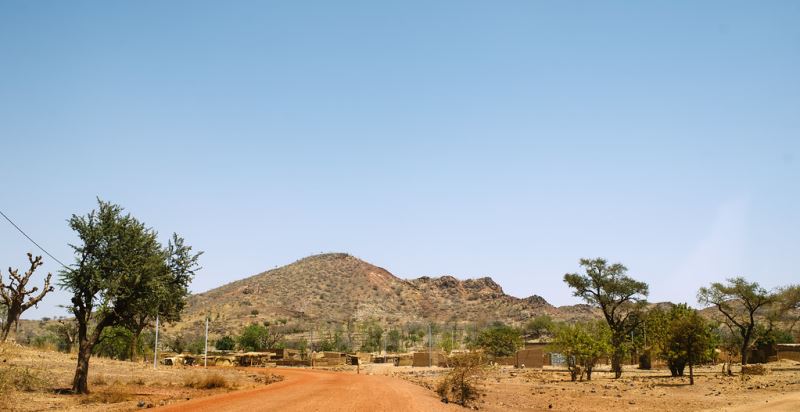
According to the Global Hunger Index, Burkina Faso placed 65 out of 78 countries in 2019, an instrument for measuring and tracking hunger levels. There are currently over 1.5 million kids, with an estimated 350 thousand needing medical emergency services at risk of food insecurity in Burkina Faso. However, only approximately a third of these children will be adequately cared for. The recommended daily number of foods is only 11.4 percent of children under the age of two. The average life expectancy for men in 2016 was 60 and for women 61. In 2018, mortality rates were 76 per 1000 live births for the under-five and infant mortality rate. In 2014, its population median age was 17, and the population growth rate estimated was 3.05%.
8. Mozambique
| Population : | 33,547,547 |
| Human Development Index: | 0.446 |
| Poverty Rate: | 64% |
| GDP per capita: | $491.84 |
31.26 million people live in Mozambique at the present. According to latest estimates, Mozambique will have a population of 122.8 million by the end of this century, having surpassed 100 million by 2078. Thus, Mozambique’s population is expected to practically double over the course of the next 80 years.
Mozambique expands at a yearly rate of 2.93%. Due to early first pregnancies and low contraception use, the fertility rate is extremely high at 4.89 births per woman.
Due to its extreme poverty, Mozambique confronts numerous issues with increase in population. Unemployment and providing health care access and education without sacrificing the quality of these services are a few of these difficulties.
That’s why it ranked number eight in this list of top ten third world countries in 2023.
7. Mali
| Population : | 21,473,764 |
| Human Development Index: | 0.428 |
| Poverty Rate: | 45% |
| GDP per capita: | $2,271 |
Several sub-Saharan ethnic groups belong to the population of Mali. The Bambara represent 36.5% of the population, the largest ethnic group. Collectively, 50% of the population of Mali are Bambara, Sonince, Khassonke and Malinke (also called Mandinka), all belonging to the broader Mande group. In the 20th century, the Arabic people retained slaves until the French authorities suppressed their slavery around the middle of the 20th century. Mali’s literacy rates lie between 27 and 30 and 46.4%, and a significantly lower literacy rating in females than men. Mali faces a wide variety of health challenges connected with poverty, malnutrition, and poor sanitation and hygiene. Mali has one of the worst health and development indicators in the World.
6. Burundi
| Population: | 12,624,840 |
| Human Development Index: | 0.426 |
| Poverty Rate: | 96.90% |
| GDP per capita: | $727 |

Burundi is a landless, resource-deprived country with an underdeveloped production sector. It is one of the worst country to live in. It is mainly an agricultural economy that accounts for 50% of GDP in 2017 and employs more than 90% of the population. The agriculture of subsistence accounts for 90% of farming. Cake and tea represent 90% of Burundi’s primary exports, but exports represent a relatively small portion of GDP. The average size of the farm was around 1 acre in 2014. Burundi has a poor geographical position, a poor legal system, lack of access to education, lack of economic freedom, and the proliferation of HIV/AIDS. Burundi is one of the World’s most impoverished countries. Around 80% of the population in Burundi is poor. According to the World Food Program, hunger and food deficit have been experienced in all Burundi, mainly in the twentieth century, and 56.8% of children under five have chronic malnutrition.
5. The Central African Republic
| Population: | 5,016,678 |
| Human Development Index: | 0.404 |
| Poverty Rate: | 62% |
| GDP per capita: | $823 |
The Republic’s per capita income is often recorded at about $400 a year and one of the World’s lowest. Still, this figure relies mainly on reported export sales and largely ignores the unregistered sale of products, alcoholic beverages, diamonds, ivory, bust, and traditional medicinal products produced locally. In the Central African Republic, women’s health is poor. The 4th highest mother mortality in the World since 2010 has been in the country. In 2014, the total fertility rate was estimated at 4,46 born/woman children. About 25% of women have been subjected to female genital mutilation.
4. Niger
| Population: | 26,083,660 |
| Human Development Index: | 0.4 |
| Poverty Rate: | 41.4% |
| GDP per capita: | $1,213 |
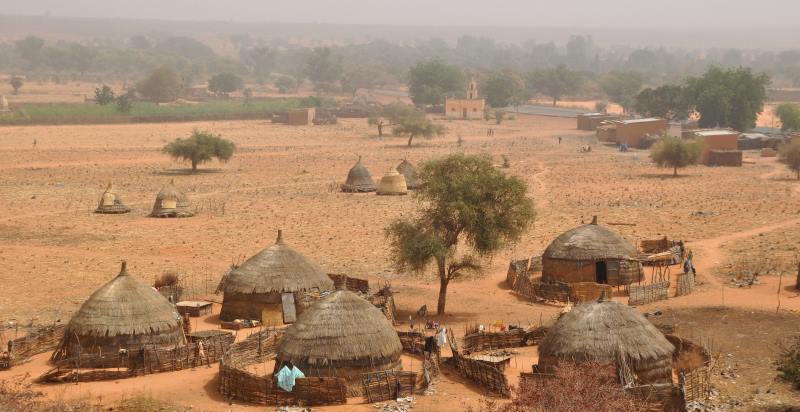
Niger had consistently been ranked 187th in 188 countries in 2015, 189th out of 189 in its 2019 reports, and has always been at the bottom of the UN Human Development Index. Many of the country’s non-desert areas are under threat of regular drought and wilderness. The economy focuses on subsistence agriculture with some of the most fertile south export agriculture and raw materials, particularly uranium minerals. Due to the position, inefficient agriculture, high fertility rates with no birth control, and the resultant overpopulation, Niger faces significant development challenges.
3. Chad
| Population: | 17,413,580 |
| Human Development Index: | 0.394 |
| Poverty Rate: | 66.2% |
| GDP per capita: | $2,428 |
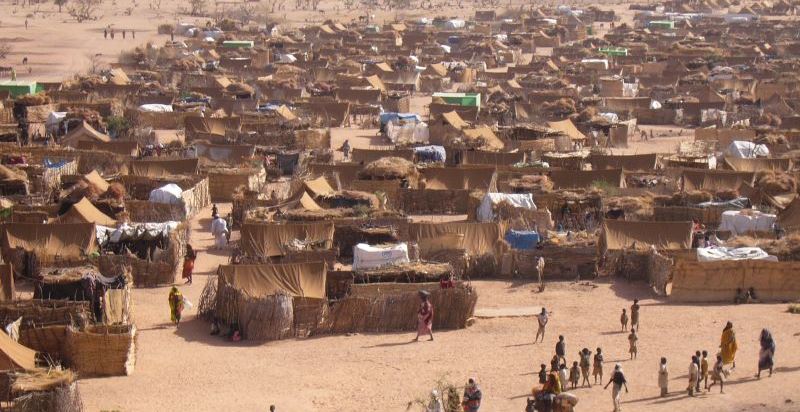
According to the Human Development Index of the United Nations, Chad is the seventh poorest country in the World, and 80 percent of the population lives below the poverty line. In 2019, per capita GDP (parity of buying power) was estimated to be USD 1,651. Because of the country’s dispersed population and parents’ reluctance to send their children to school, educators are confronted with considerable challenges. While attendance is mandatory, only 68 percent of children attend primary school, and over half are illiterate. Chad has one of Sub-Saharan Africa’s lowest literacy rates at 33 percent.
2. South Sudan
| Population: | 11,618,511 |
| Human Development Index: | 0.385 |
| Poverty Rate: | 82.3% |
| GDP per capita: | $1,420 |
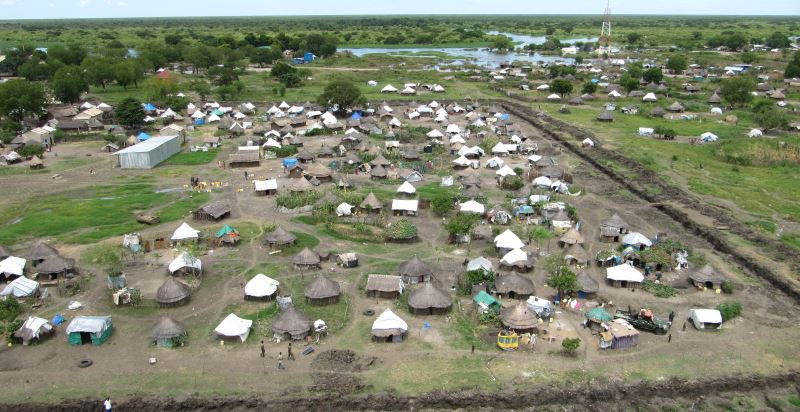
South Sudan’s economy, which has few available facilities and the highest maternal mortality rates and feminine illiteracy in the World as of 2019, is among the least developed in the World. Like many other developing countries, the country’s economy relies heavily on agriculture. Others include Southern Sudan Beverages Limited, a subsidiary of SABMiller, besides companies based on natural resources.
South Sudan has been recognized as having some of the World’s worst health indicators. The infant mortality rate of 5 is 135.3 per 1,000, with maternal mortality at 2.053.9 per 100,000, living the highest in the World.
1. Somalia
| Population: | 16,841,795 |
| Human Development Index: | 0 |
| Poverty Rate: | 73% |
| GDP per capita: | $888 |
Despite civil unrest, Somalia has maintained a healthy informal economy, based mainly on livestock and transferring funds and telecommunications, according to the CIA and the Central Bank of Somalia. The economy’s size or economic growth is difficult to assess because of the lack of formal governmental statistics and the recent civil war. During the subsequent civil war, Somalia’s public health system was largely destroyed. Informal providers have filled the vacuum, replacing the former government’s monopoly on healthcare, as have other previously nationalized sectors; access to facilities has increased considerably.
So these are the top ten Third World Countries in 2023! You have to look below if you want to look at the Top 30 Country Ranking of the World along with their Human Development Index.
| Rank | Country | Human Development Index |
|---|---|---|
| 1 | Tuvalu | 0 |
| 2 | Somalia | 0 |
| 3 | Niger | 0.354 |
| 4 | Central African Republic | 0.367 |
| 5 | South Sudan | 0.388 |
| 6 | Chad | 0.404 |
| 7 | Burundi | 0.417 |
| 8 | Sierra Leone | 0.419 |
| 9 | Burkina Faso | 0.423 |
| 10 | Mali | 0.427 |
| 11 | Liberia | 0.435 |
| 12 | Mozambique | 0.437 |
| 13 | Eritrea | 0.44 |
| 14 | Yemen | 0.452 |
| 15 | Guinea Bissau | 0.455 |
| 16 | Dr Congo | 0.457 |
| 17 | Guinea | 0.459 |
| 18 | Gambia | 0.46 |
| 19 | Ethiopia | 0.463 |
| 20 | Djibouti | 0.476 |
| 21 | Malawi | 0.477 |
| 22 | Ivory Coast | 0.492 |
| 23 | Haiti | 0.498 |
| 24 | Afghanistan | 0.498 |
| 25 | Sudan | 0.502 |
| 26 | Comoros | 0.503 |
| 27 | Togo | 0.503 |
| 28 | Senegal | 0.505 |
| 29 | Benin | 0.515 |
| 30 | Uganda | 0.516 |
Due to the confusion about its definition, the term “Third World” is used less often. Instead, it is replaced by terms like the least-developed, developing, and global southern countries. The LDCs are based on UN data with the lowest socio-economic development and Human Development Index ratings. These countries have weaknesses, economic vulnerabilities, and overall poor nutrition, education, and literacy.
